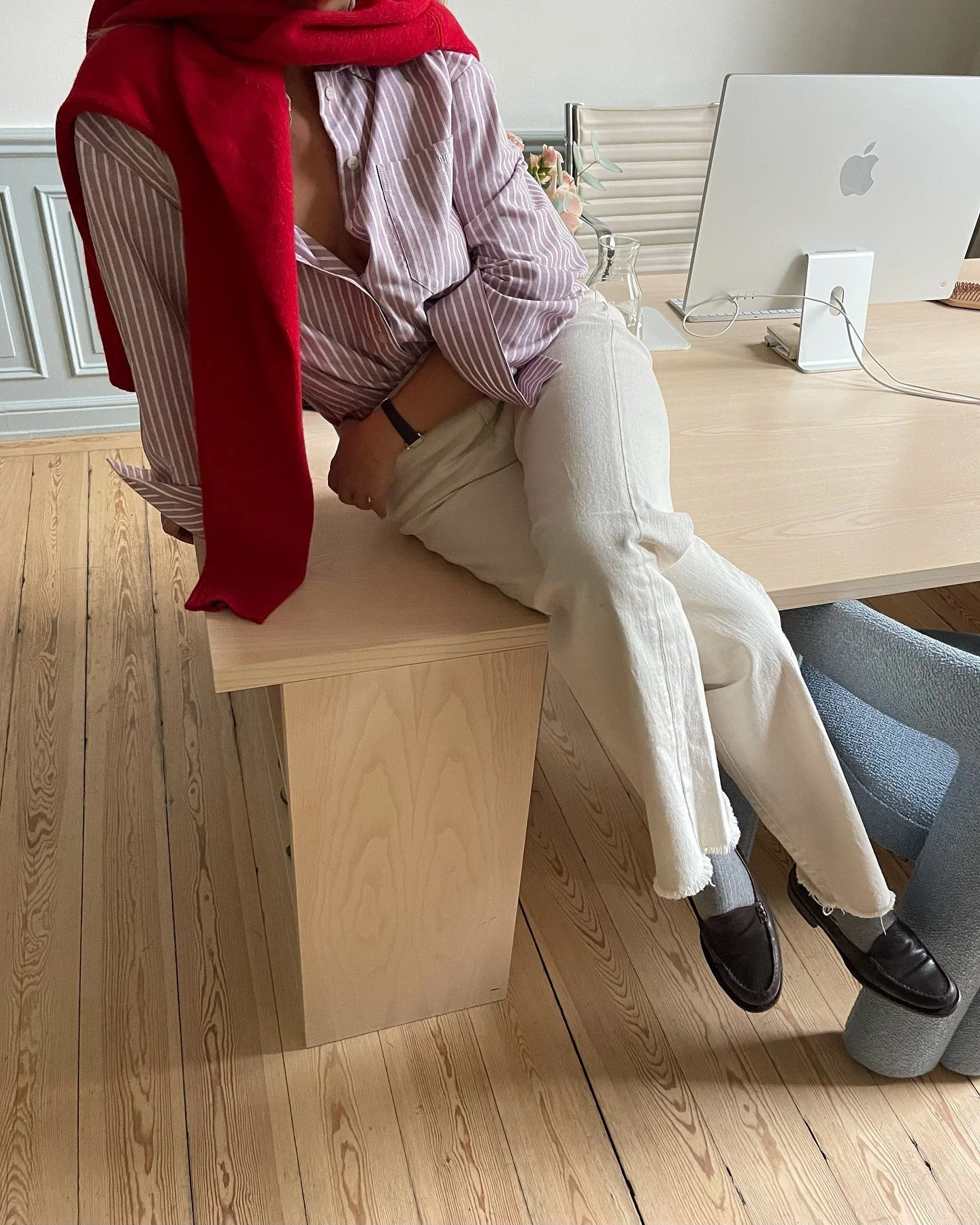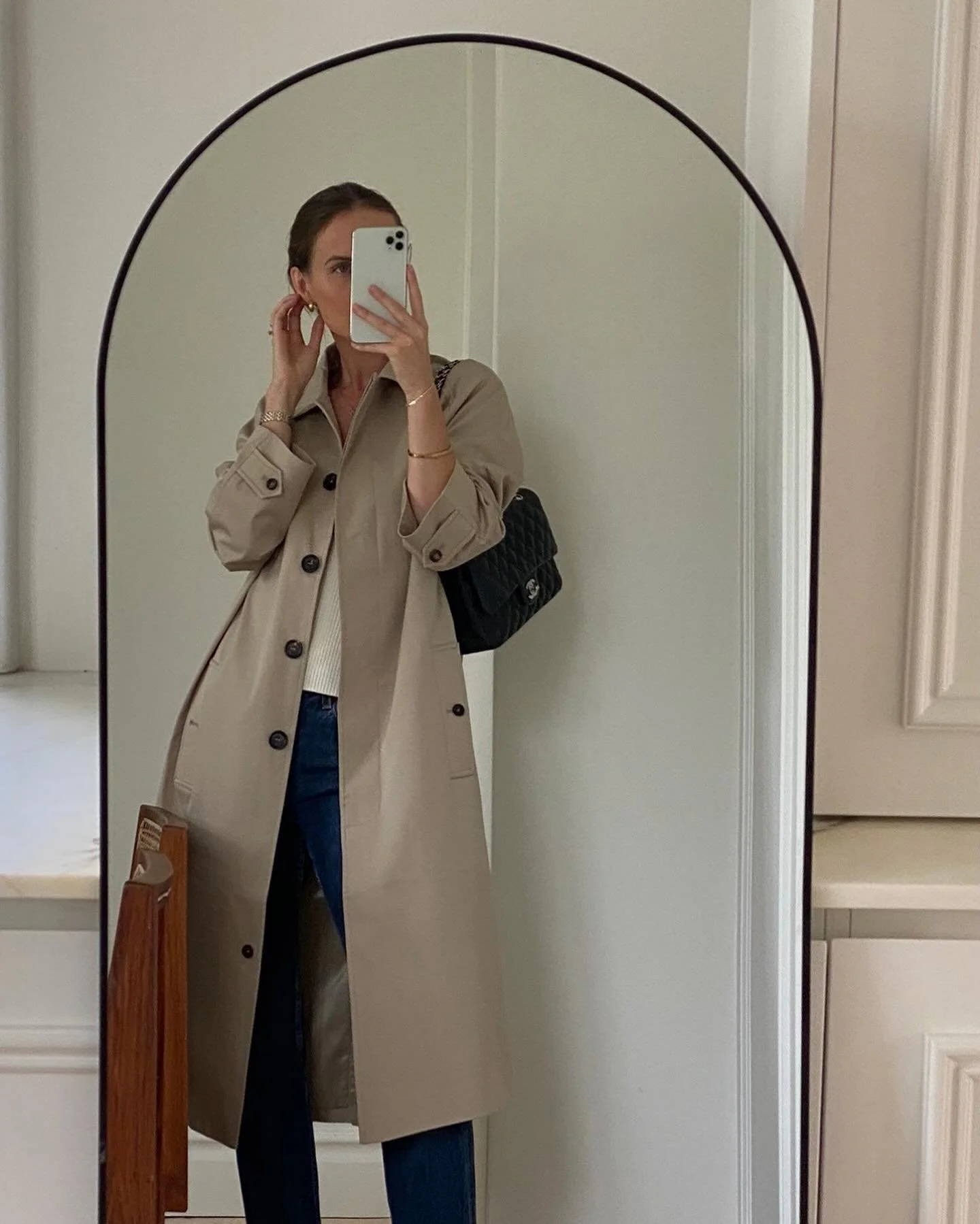Ways to Boost Productivity With a Planner
Ways to Boost Productivity with a Planner
Why are planners everywhere? Do they really work? Because while so many people seem to snap it up, so many planners also seem to just gather dust in drawers, unused.
A planner is a great way to manage your time and get organized. Plenty of planner apps now exist, but a good old handwritten planner can still motivate you, help you destress, and organize your life.
Find a planner design you like
Do you prefer blank pages? Or do you feel artistic enough to handle bullet journals? Or do you need the ready templates in planners?
How big do you want the pages to be?
If you end up not using planners, it’s usually because they’re too small or too restrictive or too empty. Discover what you like so you can fill your planner and maximize it. If you want to save money, you can also try simply using what you have/ what’s been given to you as a gift! Work with it. Sometimes what you thought was too small was actually enough for your lists. And sometimes blank pages bring out the artist in you.
Utilize a planner in the evening to make a plan for tomorrow
All the things you need to accomplish in the morning, list them in your planner the night before. It’s like you’re putting what’s in your head on paper so you can let go of that “baggage” and sleep better.
The more consistently you use your planner, the more organized you will be.
Take advantage of lists
Make sure your tasks are listed down in one place so you’ll remember them. There are four types of lists you can use: action list, project list, running list, and template list.
Action list includes your daily to-do’s. Project list includes steps needed to complete a task or a project. Running list is for things you want to accomplish in the future, like movies to watch, restaurants to try, etc. And the template list, organizes the steps you need to follow to be successful at the end of the day.
By making a list, you know what to prioritize, what’s the most important task, and is the least important. You’ll know what needs your immediate attention and what you can accomplish in your free time.
Color code – make it visually appealing and exciting to use
Write everything in black or blue, then use highlighters or washi tape for headings and important words or phrases. This way you can easily see what needs to be done.
You can try to color code too! Like yellow highlighter for the important meetings and client calls, pink for submissions, green for deadline, and so on.
You can quickly and easily see what to do next by making it visually appealing!
Break down the goals into smaller tasks
Make your goals and objectives more feasible. You can come up with a task list, or a timeline of your daily tasks, then create a map of milestones in your planner to track your progress.
This step minimizes your procrastination because you’ll know it’s doable!
Time-block
Time blocking is a productivity technique. You anticipate and allocate a specific amount of time for each task, like two hours for answering all emails.
You divide your day into blocks of time, so that you can start each day with a concrete schedule.
And if you get distracted or interrupted, just look back at your planner, look at your schedule and get back to the task you blocked off that time for.
Allocate a time for each task so too much time isn’t being spent and enough time is given!
Planners will help you change your patterns and become more productive. You’ll be able to see your priorities clearly and work on them, complete more tasks and not waste your time.
Photo Credit @Masensus












